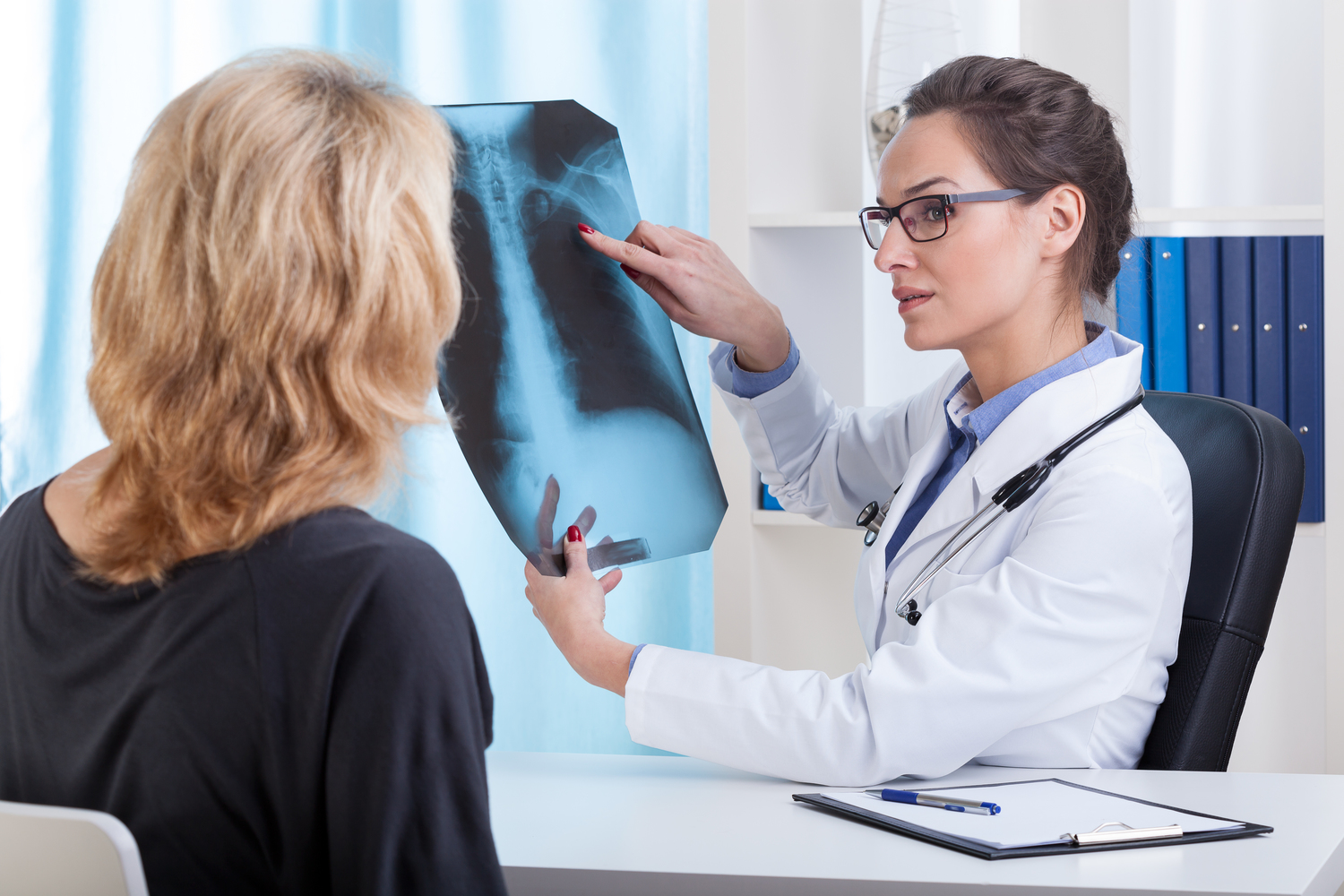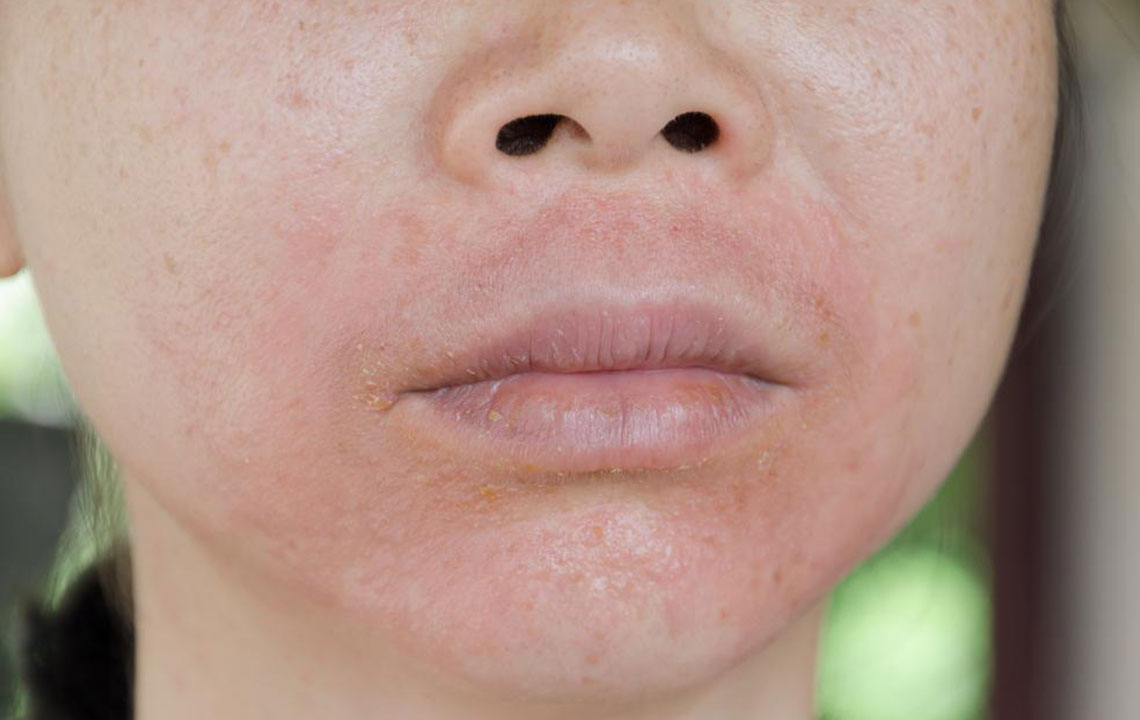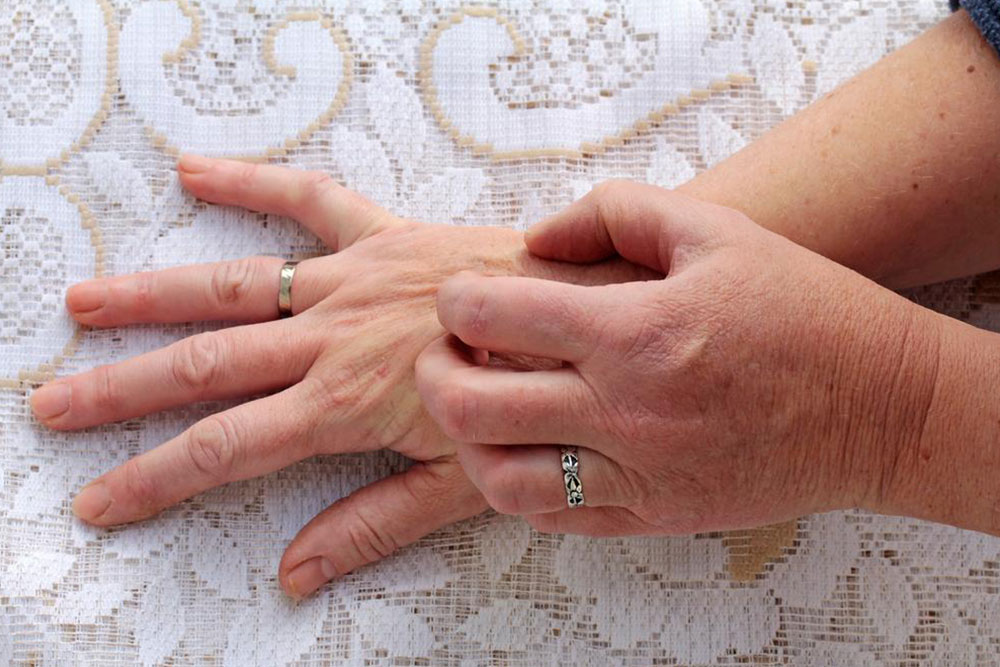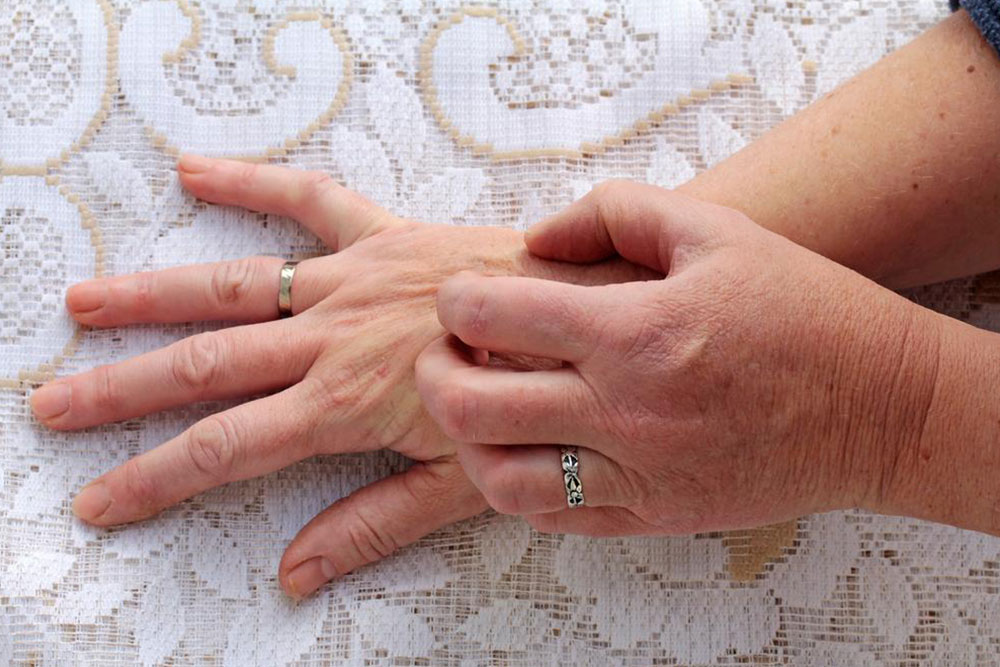Recognizing the Early Indicators of Hives
This article discusses early signs and symptoms of hives, including their appearance, triggers, and when to seek medical help. It emphasizes tracking changes with photos for accurate diagnosis and highlights the importance of prompt medical attention for severe reactions. Ideal for those experiencing sudden skin eruptions or persistent allergy symptoms, the guide helps individuals understand and manage hives effectively.

Recognizing the Early Indicators of Hives
Urticaria, commonly called hives, manifests as a skin rash characterized by raised, reddish, and itchy bumps. These wheals often feature a central paler area and can appear suddenly due to allergic reactions or unknown triggers.
Hives vary in size and shape and tend to change location and size rapidly, often within hours. Typically, individual hives resolve within a day, only to appear elsewhere later. Tracking these changes by capturing photographs can assist doctors in diagnosis.
In some cases, swelling beneath the skin, known as angioedema, occurs, affecting areas like lips, eyes, hands, feet, and genitals. These swellings resemble hives but are deeper beneath the skin. Medical evaluation, including reviewing images, is crucial for proper diagnosis.
Common early signs include:
Slightly raised, red bumps on various body parts
Pinkish welts that may appear isolated or spread
Additional symptoms may involve severe itching, swelling that recurs in new areas within 24 hours, or swelling around the lips, eyes, or throat. Symptoms often worsen with heat or physical activity and may persist for over six weeks with intermittent flare-ups.
Seek urgent medical care if:
Difficulty breathing or wheezing
Swelling of the face, lips, or tongue
Feeling dizzy or faint
Chest discomfort or pain
Bringing photos of the hives during your medical visit can greatly aid in diagnosis and treatment planning, making visual documentation an important part of managing the condition.










